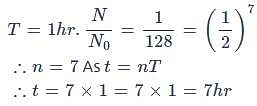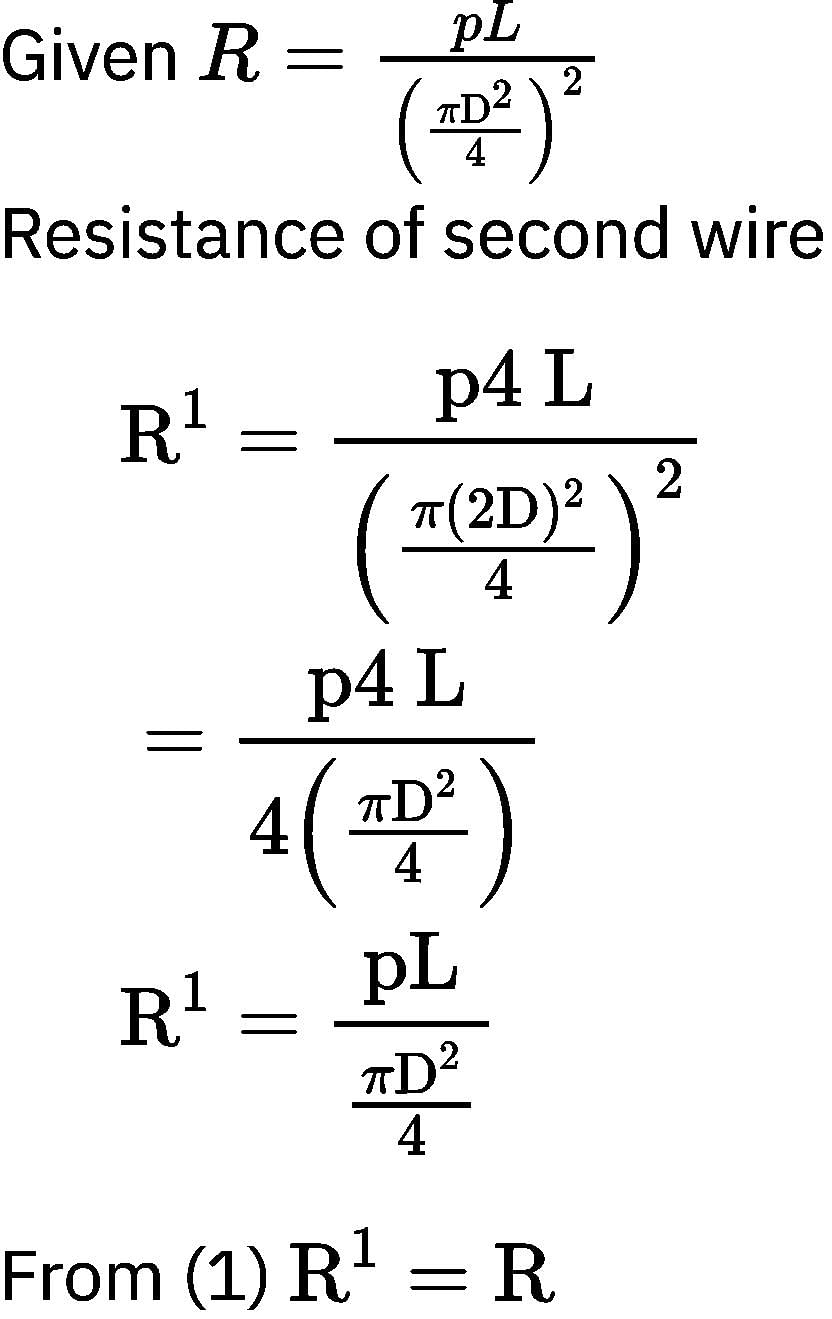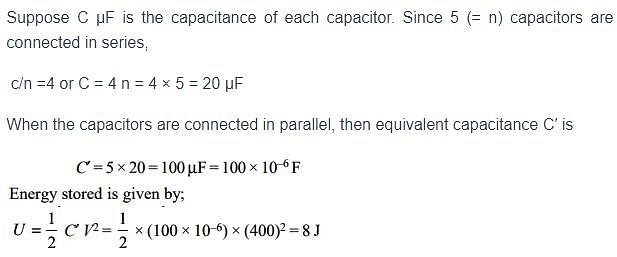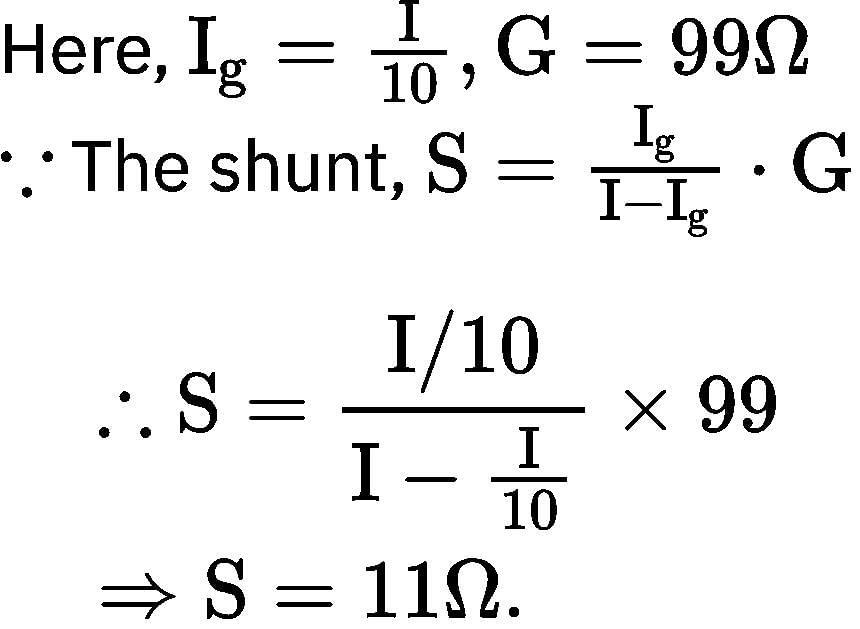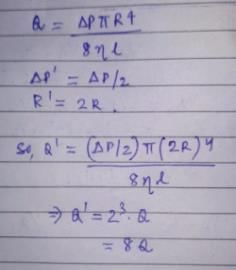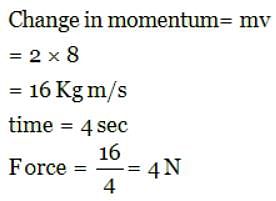Sample BITSAT Physics Test - JEE MCQ
30 Questions MCQ Test - Sample BITSAT Physics Test
If E₀ represents the peak value of the voltage in an A.C. circuit, the r.m.s. value of the voltage will be
After two hours, one sixteenth of the starting amount of a certain radioactive isotope remained undecayed. The half of the isotope is
A freshly prepared radioactive sample of half-lif 1 hour emits radiations that are 128 times as intense as the permissible safe limit. The minimum time after which this sample can be safely used is
In a Meter-bridge with a standard resistance of 5 Ω in the left gap, the ratio of balancing lengths on the Meter bridge wire is 2:3. The unknown resistance is
A uniform resistance wire of length L and diameter d has a resistance R. Another wire of same material has length 4 L and diameter 2 d, the resistance will be
What is the stopping potential when the metal with work function 0.6 eV is illuminated with the light of 2 eV?
During a current change from 2 A to 4 A in 0.05 second, 8 V of emf is developed in a coil. the coefficient of self-induction is
Five equal capacitors connected in series have a resultant capacitance of 4 μ F. The total energy stored in these, when these are connected in parallel and charged to 400V is
A body of 2 gm carrying a charge of 0·1 μ C starts from rest at the positive plate and moves to the negative plate of a parallel plate condenser connected to a voltage supply of 30KV. The final velocity is
A heavy uniform chain lies on a horizontal table-top. If the coefficient of friction between the chain and table surface is 0.25, then the maximum fraction of length of the chain, that can hang one edge of the table is
Who among the following gave first the experimental value of G ?
In thermal equilibrium, the average velocity of gas molecules is
If 10% of the current passes through a moving coil galvanometer of resistance 99 ohm, then the shunt resistance will be
Ferromagnetic materials used in a transformer must have
A liquid flows through a pipe of non-uniform cross-section. If A₁ and A₂ are the cross-sectional areas of the pipe at two points, the ratio of velocities of the liquid at these points will be
In a liquid flowing through a pipe, the pressure difference between its ends is made half and radius is doubled. If the initial rate of flow of liquid was Q, then new rate of flow of liquid through the pipe is
How much force is required to produce an elongation of 0.2% in the length of a brass wire of diameter 0.6 mm? (Take Young's modulus for brass = 0.9*1011 N-m⁻2)
A ball is dropped from a bridge at a height of 176.4 m over a river. After 2 s, a second ball is thrown straight downwards. What should be the initial velocity of the second ball so that both hit the water simultaneously ?
A car is moving at a speed of 72 km−h⁻1. The diameter of its wheels is 0.5 m. If the wheels are stopped in 20 rotations by applying brakes, then the angular retardation produced by the brakes is
Two bodies are projected with the same velocity. If one is projected at an angle of 30o and the other at an angle of 60o to the horizontal, the ratio of the maximum heights reached is
A body of mass 2 kg is moving with a velocity of 8m/s on a smooth surface.if it is to be brought to rest in 4 seconds,then the force to be applied is?
The ability of eye to focus near as well as distant objects is called
A child is sitting on a swing. Its minimum and maximum heights from the ground are 0.75 m and 2m respectively. Its maximum speed will be
When a force of 0.1 N is applied, the spring is stretched by 1.5 cm. The spring is cut into three parts and one part is stretched by 3 cm. Find the force required for doing so.
An air bubble is contained inside water. It behaves as a
A mass is revolving in a circle which is in the plane of paper. The direction of angular acceleration is
When a sphere of moment of inertia I about an axis through its centre of gravity and mass m rolls down from rest, on an inclined plane without slipping, its kinetic energy is
A cylinder of mass 500 g and radius 10 cm has moment of inertia about its central axis in kg-m2 is equal to



